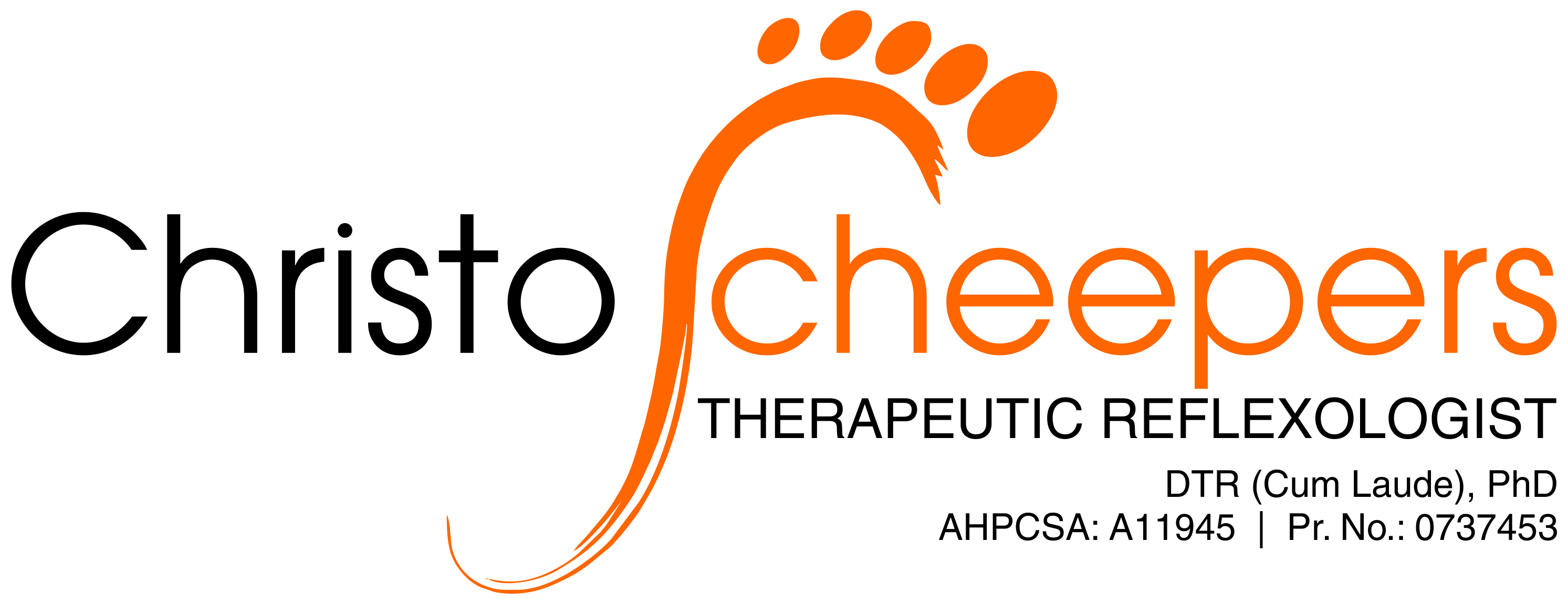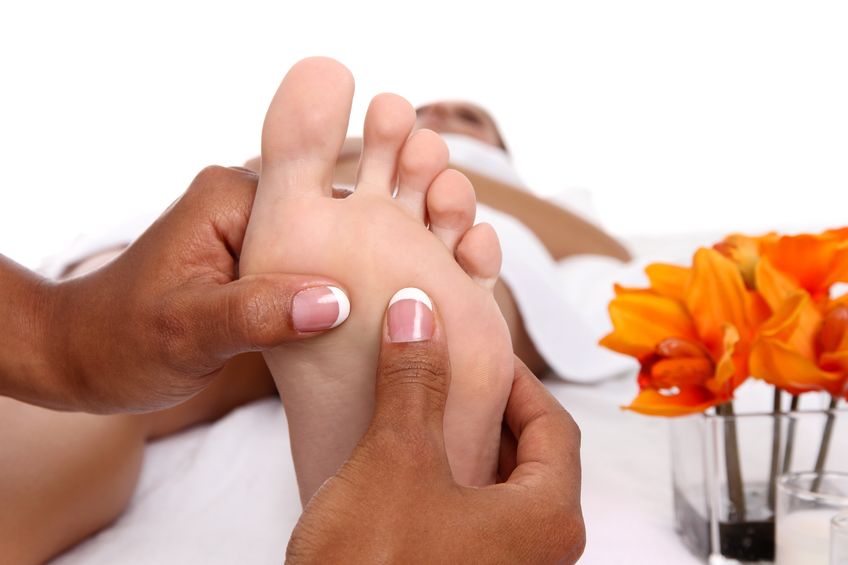In today’s post, we are discovering the body’s autonomic nervous system in everyday language without making it an anatomy and physiology lesson that only scholars are interested in.
STRUCTURE OF THE NERVOUS SYSTEM
To provide context, let’s briefly see how the nervous system is structured:
- The body’s nervous system is divided into the central nervous system (the brain and spinal cord) and the peripheral nervous system (the nervous system that excludes the brain and spinal cord).
- The peripheral nervous system is divided into the somatic nervous system (voluntary muscle control of skeletal muscles and sensory perception that is conscious) and the autonomic nervous system (involuntary gland and internal organ control).
- The autonomic nervous system is divided into sympathetic nervous system (alert or fight-or-flight mode) and the parasympathetic nervous system (relax or rest-and-digest mode).
Today’s post is focused on the symbiosis between the sympathetic and parasympathetic nervous systems that form part of the autonomic nervous system and is thus about involuntary bodily functions because you cannot consciously control it. The sympathetic and parasympathetic nervous systems are both important in the body, both are needed and work together, although in opposing roles.
SYMPATHETIC AND PARASYMPATHETIC NERVOUS SYSTEMS
When you are threatened, your sympathetic nervous system automatically puts the body in high-alert in activating the fight-or-flight mode by flooding the body with chemicals like adrenaline and cortisol. This is necessary because you need additional energy to either fight the threat or to run away from it. To accomplish this, you may experience enlarged pupils to have better vision, an increased heart rate to get oxygen faster to all parts of the body, improved oxygen delivery to the lungs, inhibiting sexual function while slowing down digestion as you do not need to digest food or getting involved in sexual activity when you fight a threat or run away from it.
Once the threat disappears, your parasympathetic nervous system automatically relaxes the body in activating rest-and-digest mode as chemical levels are reduced to normal and the body excretes any excess products. Excess products may be eliminated faster through exercise and being active. To accomplish this, your pupils may constrict back to normal, the nose and mouth may produce saliva and mucous to improve breathing and help with digestion, working of the lungs slow down and heart rate lowers while digestion and waste removal increases and the reproductive system and sexual function return to normal.
That is the natural functioning of the body as the sympathetic and parasympathetic nervous systems works interdependently to regulate the body being alert or relaxed.
THE EFFECT OF CHRONIC STRESS
When ongoing stress is introduced into the mix, things change slightly. Let me just be clear on one aspect, stress is not a problem because your body has been designed to deal with it effectively and some even thrive on doing things last-minute due to the adrenaline rush that forces them to do lots of work in a short time. The problem is thus not a bit of stress, but long-term, ongoing, chronic stress, especially if a situation in your life forces you to have chronic stress without you having any control of reducing the stress.
Why chronic stress is a problem, is the fact that your body does not distinguish between a physical threat like a snake or lion in front of you and ongoing stress, which is seen as a threat in front of you for an extended period. The reason it is problematic, is that your sympathetic nervous system is activated and your body remains in a long-term period of being on high alert. When your body is in an alert state for a long period of time, it results in symptoms like tachycardia (faster heart rate), heart rhythm problems, constipation, digestion problems, dizziness, sexual dysfunction, sweating problems (anhidrosis or hyperhidrosis), and so forth.
Just put it in perspective, if your body is in a heightened alert state for a long period, normal functions may be inhibited due to the body not needing it to its fullest extent when in fight-or-flight mode and because the body does not calm down into relaxed mode where rest-and-digest occur, it may lead to health concerns.
THERAPEUTIC REFLEXOLOGY
Therapeutic Reflexology is the ideal healthcare therapy that helps you to relax from the inside out, in other words, it helps you to deactivate the fight-or-flight mode and to activate the rest-and-digest mode.
Therapeutic Reflexology works on the reflexes (nerve endings) on the feet, hands, face, ears, and body to help restore balance (homeostasis). When the body is in a chronic state of stress, that means the bodily functions are out of balance and Therapeutic Reflexology attempts to restore the balance, not with one or other magic trick, but by stimulating the body’s own natural healing ability.
Let’s put it in proper terms: Therapeutic Reflexology activates the parasympathetic nervous system to help restore balance and normal bodily functions, not only physically, but emotionally as well.
WHAT PATIENTS MAY EXPERIENCE
This blog post article is concluded with what patients may experience during Therapeutic Reflexology treatment when they are experiencing long-term and ongoing stress. The short answer is that patients may experience deep relaxation and definite stress reduction.
The longer answer may be a bit more complex because patients may experience many different things and each person is different, so there is not a one-size-fits-all approach in Therapeutic Reflexology. One person may not experience anything during the actual treatment sessions, but afterwards may report improved sleep patterns, better digestion, no constipation but normal bowel movements and feeling more relaxed with lower heart rate.
Another patient may be more sensitive and experience different sensations during the treatment session. It is always fascinating when a patient tells me that it is “so weird” because I am stimulating areas on the feet, but the patient is experiencing all kinds of different sensations on different parts of the body.
Yet another patient may be more emotionally in-touch and as the reflexes are stimulated, the patient may become aware of different emotions and sometimes even experience a release of different emotions.
From a Therapeutic Reflexologist’s perspective, I can often observe some of these changes, and sometimes I can feel such changes. One such an example is when working with a female patient and during treatment one area on her one foot becomes extremely warm (not the foot being stimulated during treatment) while the same area on the other foot remains cold; such definite temperature changes occurring during treatment sessions, give valuable insight to the Therapeutic Reflexologist.
CONCLUSION
The sympathetic and parasympathetic nervous systems are part of the autonomic nervous system that is not controlled by the mind but involuntarily controls the bodily systems to either place the body on alert or in relaxation mode. Long-term stress may negatively impact the body as it activates the sympathetic nervous system, but Therapeutic Reflexology offers the ideal therapy to assist the body to activate the parasympathetic nervous system to help the body restore balance to all the bodily systems.
References
Akinrodoye, M.A. and Lui, F. (2022) Neuroanatomy, Somatic Nervous System. StatPearls. Treasure Island, FL: StatPearls Publishing. [Online] Available from: https://www.ncbi.nlm.nih.gov/books/NBK556027/ [Accessed 20 October 2025].
Cleveland Clinic (2025a) Autonomic Nervous System. [Online] Available from: https://my.clevelandclinic.org/health/body/23273-autonomic-nervous-system [Accessed 20 October 2025].
Cleveland Clinic (2025b) Parasympathetic Nervous System (PSNS). [Online] Available from: https://my.clevelandclinic.org/health/body/23266-parasympathetic-nervous-system-psns [Accessed 20 October 2025].
Cleveland Clinic (2025c) Sympathetic Nervous System (SNS). [Online] Available from: https://my.clevelandclinic.org/health/body/23262-sympathetic-nervous-system-sns-fight-or-flight [Accessed 20 October 2025].
—
Christo A. Scheepers: Therapeutic Reflexologist
DTR (Cum Laude), PhD
AHPCSA: A11945
Pr. No.: 0737453
Tel. 072-800 7243


